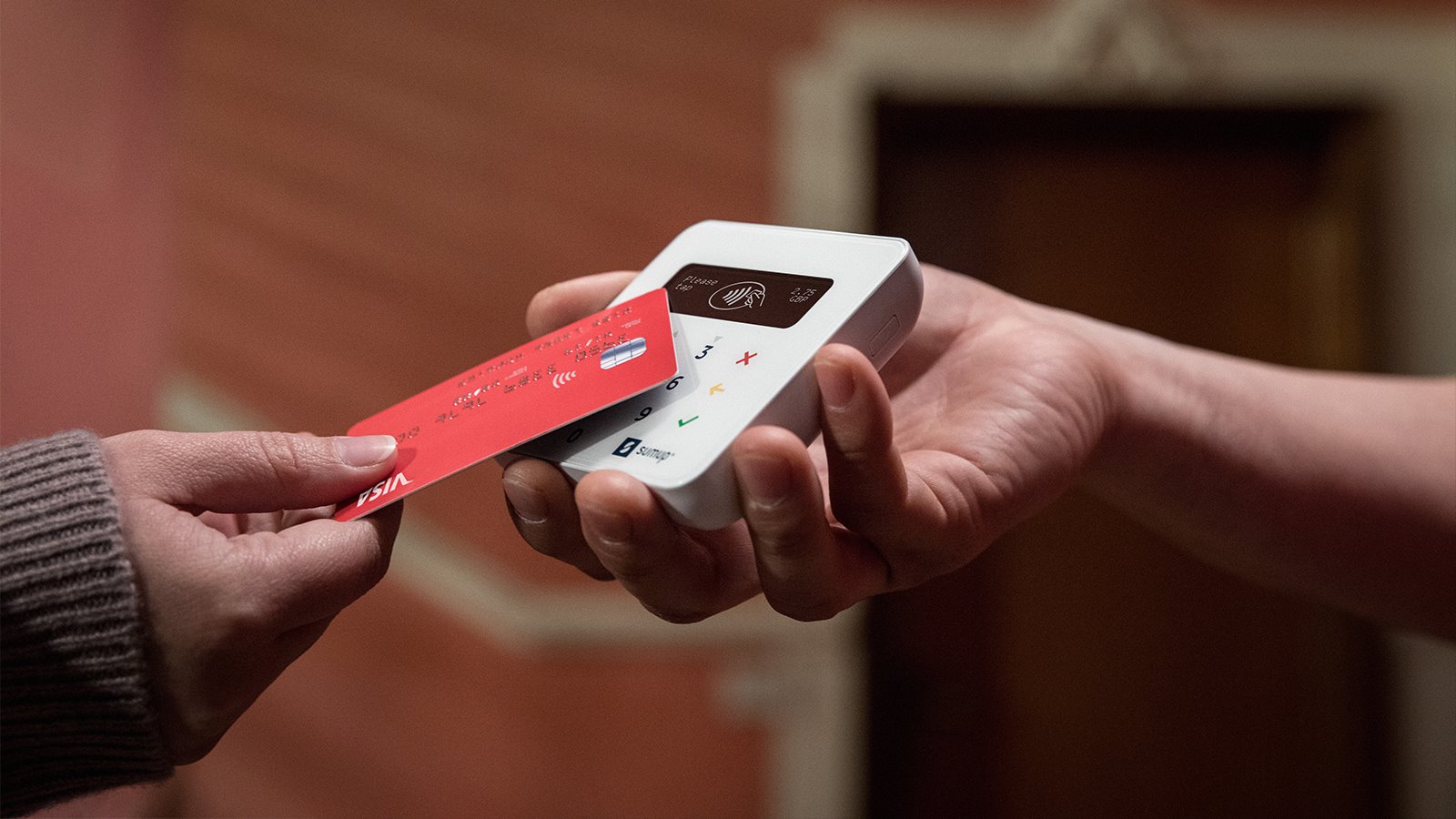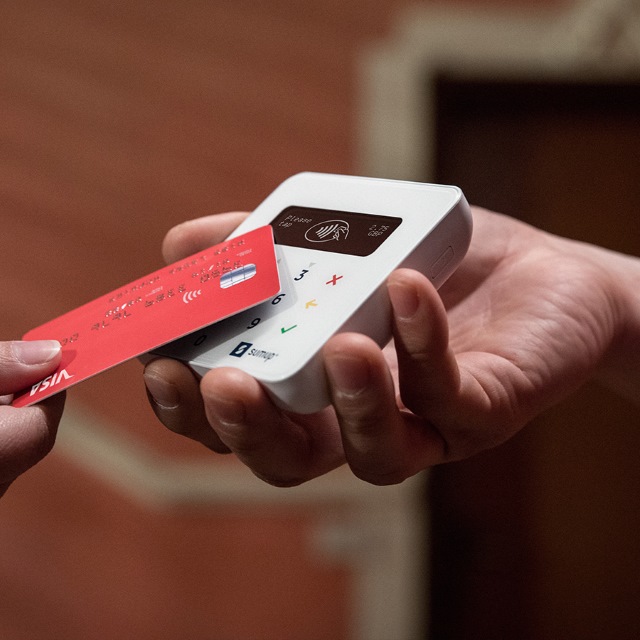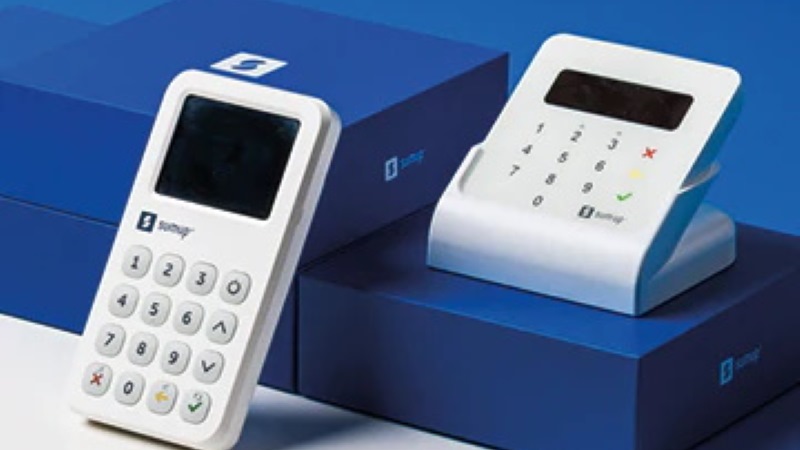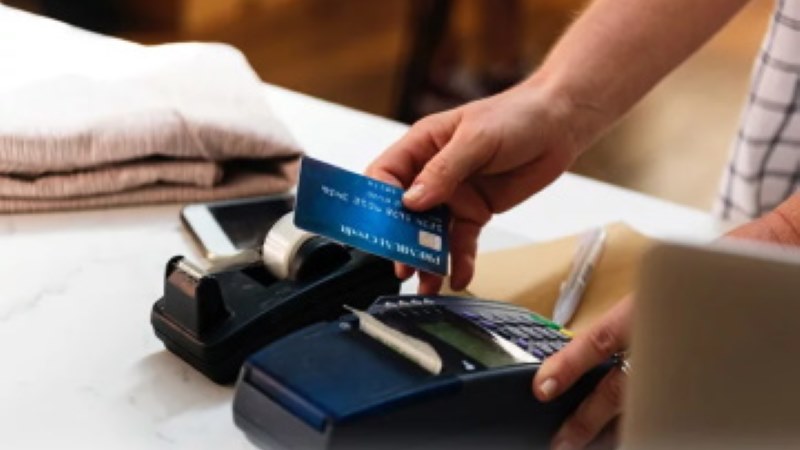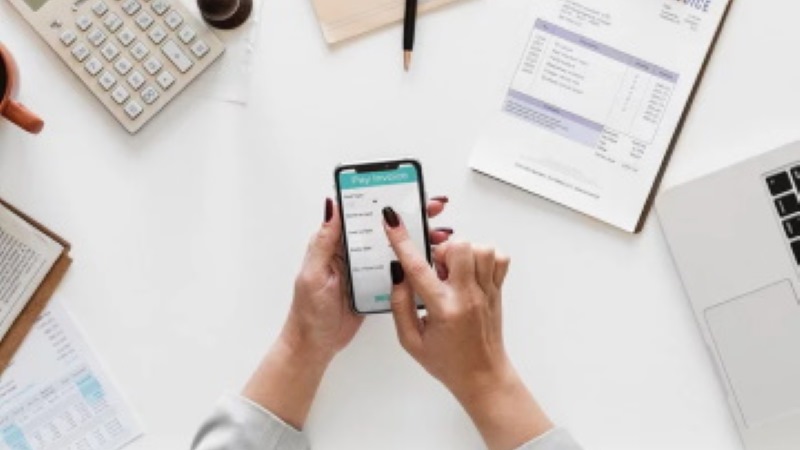A recent Henley Business School study identified that one in every four UK adults now has a “side hustle”, defined as a ‘secondary business of job that brings in, or has the potential to bring in extra income’.1 If you have made the leap to set up your own passion project, taking card payments may not be at the front of your mind… but perhaps it should be.
SumUp’s goal is to empower smaller business owners to do what they love through affordable payment solutions that they were previously denied. In this article we take inspiration from discussions with three small and micro businesses using SumUp to provide a list of four ways which digital payments could help your passion project flourish.
Sell more
When Calum, founder of Dude’s Doughnuts, first found his passion for doughnuts, digital payments was not part of the plan. He was more focussed on identifying his target market and coming up with a catchy name for his labour of love. But it wasn’t long before he realised that digital payments could help his fledgling new venture find its feet: “We traded for the first few weeks without a card machine and we noticed straight away that we were actually having to turn people away from business because we couldn’t take the card payment,” he says.
Sandra, who owns Meierei, a café in Berlin specialising in Alpine cuisine, had a similar experience, “Card payments have become more and more important for us. Many customers come in asking if they can pay with card, including many cashless tourists. We decided to start accepting card payments a few years ago and it has just continued to grow. At the moment around 30-40% of our takings are card payments.”
Get paid faster
Benjamin Charles, started his career as a tradesman. After working for a series of larger companies he finally struck out on his own, launching Handy Gentleman, a professional handyman service in Surrey, UK. Handyman services traditionally accept payment by bank transfer or invoice but Mr Charles has developed a clear preference for a third way, “Payment by card is fast – I’m typically paid within 2–3 days – and, for the customer, they don’t have to worry about paying an invoice at some later date.” By contrast, payment via invoicing or bank transfer is often within 30 days and requires significant effort to chase payments and reconcile sums received in the bank account with invoices issued.
Find your flow
Robin Balser is the founder of VinoKilo which runs pop-up vintage clothes markets in cities all across Europe. In the words of Mr Balser, his events offer “second hand clothes as first hand fashion”. Because his pop-up events are temporary it is important for his business to be able to help as many customers as possible in the short time that each of his pop-up markets is operating. “We expect one-and-a-half to two-thousand people at our events,” Mr Balser explains, “And it is absolutely essential that we have a good flow [of customers] and SumUp really helps with that.”
Delight your customers
A lot of Mr Balser’s customers are relieved to find he offers digital payments, “People say, ‘do you take card?’ and when we say ‘yes’ then its ‘oh fantastic!’”
For some, the charm of digital payments goes beyond convenience. Sandra, owner of Meierei, says her customers appreciate the SumUp card reader’s design, “Our customers really like it. They think it’s cute and modern.”
So there you have it. If you have a side-project to generate a little extra income or just to pursue a passion, put payments at the top of your to do list. In the words of Handy Gentleman, Benjamin Charles, “Being able to take card payments has allowed me to do what I do best.”
